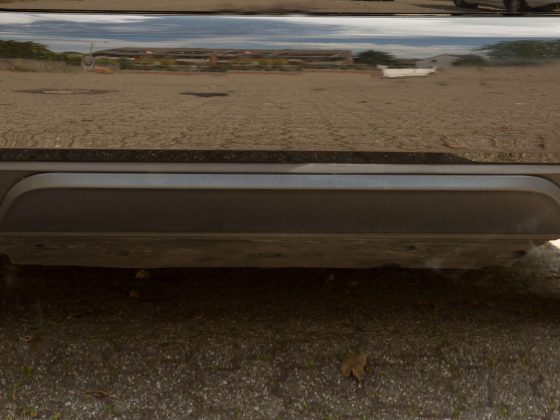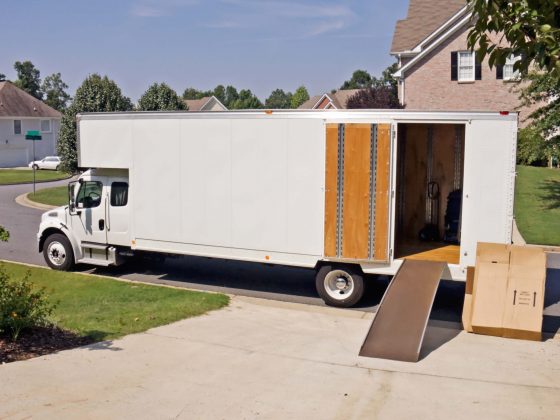Imagine driving along the road and listening to one of your favorites songs when you hear the ambulance siren.
Use eTags© to Quickly Complete Your DMV Service. Renewals, Title Transfers and More, All Online!
What are you supposed to do? Some drivers start panicking and swerving between lanes but you shouldn’t do that because it’s not a safe action.
If you don’t know how to drive around emergency vehicles, let us show you how to respond the right way.
Note that this guide teaches you how to respond to emergency vehicles including ambulances, fire trucks, and police cars.
How to avoid accidents with emergency vehicles
Emergency vehicles are sent to different locations to complete a mission that cannot wait. They don’t have time to follow traffic rules and need to reach their destination as fast as possible.
While emergency vehicles need to reach their destination to solve an accident or any other major problem, some drivers are not really that informed about what they need to do in response.
Yet, emergency vehicle drivers still need to drive safely to avoid law enforcement fatalities.
Having said that, it’s in your best interest to learn how to interact with drivers of emergency vehicles in order to reduce the chances of getting involved in an accident.
Who has the right-of-way?
First, it goes without saying that drivers of every other vehicle must yield the right of way whenever an emergency vehicle activates the lights and siren.
The emergency vehicle with an activated siren approaches from behind
First, you need to slow down and check your surroundings before trying to pull over immediately. You don’t want to hit another vehicle, cyclist, or pedestrian for trying to do the right thing.
Once you make sure there’s no other vehicle or person getting close to the path you want to take, turn your blinking signals to ensure the emergency vehicle is aware of your intentions of moving to the right.
Then you need to wait until the coast is clear before getting back into traffic.
The emergency vehicle with an activated siren approaches from the front
Many drivers do not know how to respond when a emergency vehicle approaches from the oncoming way, and that’s understandable.
Generally, you need to move to the side of the road and turn your hazard lights on, which is a sign of good driving.
Sometimes emergency vehicles (ambulances, fire trucks, and police cars) drive on the wrong side of the road to skip severe traffic congestion, which is also a good reason to pull over.
Getting closer to a stopped emergency vehicle
Some drivers act cluelessly when they approach a stopped emergency vehicle with activated lights on the road.
While every state has its own rules on how to drive around a stopped emergency vehicle, you are generally expected to mover over and stay away from the emergency personnel or other operators.
Of course, severe traffic congestion could make it difficult for you to pass the emergency vehicle, which is the reason why you need to slow down and cautiously move over.
Texas, for example, has strict move over rules that applies to all drivers when approaching a stopped emergency vehicle with activated lights.
Drivers in TX are required to change lanes or slow down to 20 miles per hour below the speed limit when spotting an stopped emergency vehicle on the road.
Now, when the speed limit is 25 mph or below, then drivers are required to slow down to 5 mph to avoid accidents.
You could be subject to a $200 fine or more depending upon the nature of the violation, if you decide to not to comply with the law.
This is why you just need to move over!
Following an emergency vehicle
You need to drive at a prudent distance when following an emergency vehicle with activated lights.
You are expected to keep a 300-500 distance between your car and the emergency vehicle in front of you.
There are some states that issued laws with specifications in regard to following distance. You are strongly advised to avoid tailgating an emergency vehicle to avoid traffic violations.
To conclude, responding to an emergency vehicle can be difficult at times. This is why you need to be aware of the explicit and implicit rules of the road to make sure you are doing the right way.
Always remember to slow down, pull over safely, and keep alert of any other situation that may jeopardize your safety while responding to an emergency vehicle.
SEE ALSO: Warning! Here Are 7 Driving Safety Tips For Senior Drivers








